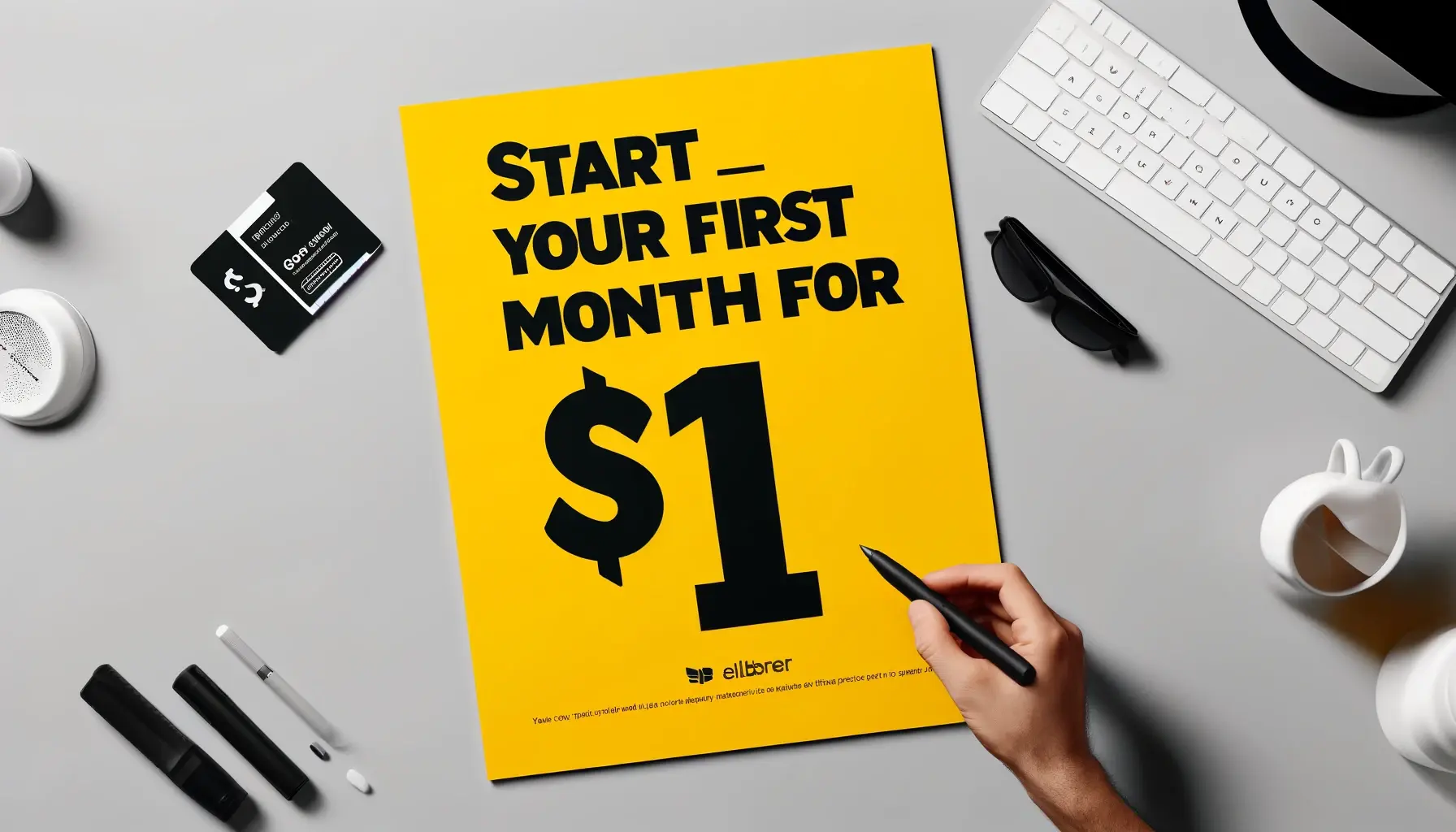
Learn how to grow a blog from scratch and drive organic traffic to your ecommerce business with proven SEO tips, content strategies, and expert advice.
Building a blog from the ground up can feel like a daunting task, especially for ecommerce businesses focused on driving revenue. But when done right, blogging becomes one of the most cost-effective and powerful tools for attracting organic traffic, building brand authority, and converting visitors into loyal customers.
Whether you’re running a small Shopify store or managing a growing direct-to-consumer brand, this guide will walk you through proven strategies to turn your blog into a traffic-generating machine.
When to Work With an SEO Partner
If you’ve laid the groundwork but want to take things to the next level, partnering with an expert can help accelerate growth. An experienced ecommerce SEO company can identify gaps, optimize your technical SEO, and create a data-driven strategy that aligns with your business goals.
From content calendars to backlink outreach, a dedicated agency brings the expertise and resources needed to compete in increasingly saturated markets.
Top Tips for Growing Your Blog
Start With the Right Foundation
Before writing a single word, you need a solid foundation. That means understanding who your audience is and what they care about.
Are they shopping for eco-friendly baby products? Fitness gear? Home decor? Pinpoint your niche and think about the kinds of questions, challenges, and goals your customers have. This customer insight should shape every piece of content you create.
Also, set realistic goals. Ask yourself:
- Do you want to grow search traffic?
- Are you aiming to build your email list?
- Are you using content to support product launches or evergreen sales?
Clarity at this stage prevents wasted effort down the line.
Do Keyword Research With Intent
At the heart of every successful SEO strategy is keyword research. But for ecommerce blogs, it’s not just about getting traffic – it’s about getting the right traffic.
Use tools like Ahrefs, Semrush, or even free options like Google’s Keyword Planner to uncover search terms your audience is actively using. Look for:
- Long-tail keywords (e.g., “best yoga mats for beginners”)
- Informational queries (e.g., “how to clean leather boots”)
- Product-related questions (e.g., “are weighted blankets worth it?”)
Group keywords into clusters. For example, if you sell outdoor gear, one content cluster might be about “hiking safety,” with individual posts covering gear, preparation tips, and trail recommendations. This not only helps with ranking but also builds topical authority over time.
Focus on Quality Over Quantity
You’ve probably heard that publishing frequently is key, and while consistency matters, quality matters more. A single high-quality, well-optimized blog post can outperform dozens of low-effort ones.
So what makes a blog post “high-quality”?
- It solves a real problem.
- It’s written clearly and concisely (ditch the fluff).
- It includes helpful examples, tips, and insights.
- It’s structured with headings, bullet points, and visuals for easy reading.
- It’s optimized for both users and search engines.
Don’t be afraid to go deep. If a topic requires 1,500 words to cover thoroughly, go for it – just make sure every section adds value.
Optimize On-Page SEO (Without Overdoing It)
You don’t need to be an SEO expert to get the basics right. For every blog post, optimize:
- Title Tag: Include your target keyword and make it enticing.
- Meta Description: Summarize the post in a compelling way.
- URL: Keep it short and keyword-friendly.
- Headings (H1, H2, H3): Use them logically to structure your content.
- Internal links: Point to other relevant blog posts or product pages.
- Image alt text: Help Google understand your visuals.
- Call to action: Guide readers toward your next step (product page, email signup, etc.)
Avoid keyword stuffing. Use your keywords naturally and focus on readability first.
Build Topic Authority With Pillar Pages
As your blog grows, it’s smart to group related posts around broader “pillar” pages. A pillar page is a comprehensive guide on a core topic, linked to more detailed sub-posts.
For instance, a skincare brand might create a pillar page on “Skincare Routine for Oily Skin,” with internal links to blog posts on cleansing, exfoliation, hydration, and product reviews.
This strategy helps users explore more content on your site and signals to search engines that your blog is a trusted resource in your niche.
Promote Your Content Beyond SEO
Organic search is powerful, but it shouldn’t be your only traffic source. Promote your blog content through:
- Email marketing: Share new posts with your subscribers.
- Social media: Repurpose content into Instagram reels, Twitter threads, or Pinterest pins.
- Partnerships: Collaborate with influencers, bloggers, or non-competing brands to widen your reach.
- Guest posts: Contribute articles to high-authority sites in your niche, linking back to your blog.
And don’t forget to update older posts. SEO rewards freshness. Revisit top-performing blogs every few months to refresh stats, add new insights, and boost visibility.
Track What’s Working (and What’s Not)
Once you’re publishing regularly, it’s time to track performance. Use tools like Google Analytics and Google Search Console to monitor:
- Which posts are driving the most traffic?
- Where is your audience coming from?
- What’s your bounce rate and time-on-page?
- Are readers converting into customers?
Don’t obsess over vanity metrics. Focus on content that supports your goals – whether that’s ranking for key terms, reducing bounce rates, or driving product interest.
Conclusion
Launching a blog from scratch for your ecommerce business doesn’t have to be overwhelming. By focusing on customer-first content, smart SEO practices, and consistent optimization, you can build a blog that brings in organic traffic and also converts readers into loyal brand advocates.
Blogging is a long game. But if you commit to the process and stay focused on delivering value, your efforts will pay off – in traffic, trust, and sales.
Was this news helpful?







 Yes, great stuff!
Yes, great stuff! I’m not sure
I’m not sure No, doesn’t relate
No, doesn’t relate



